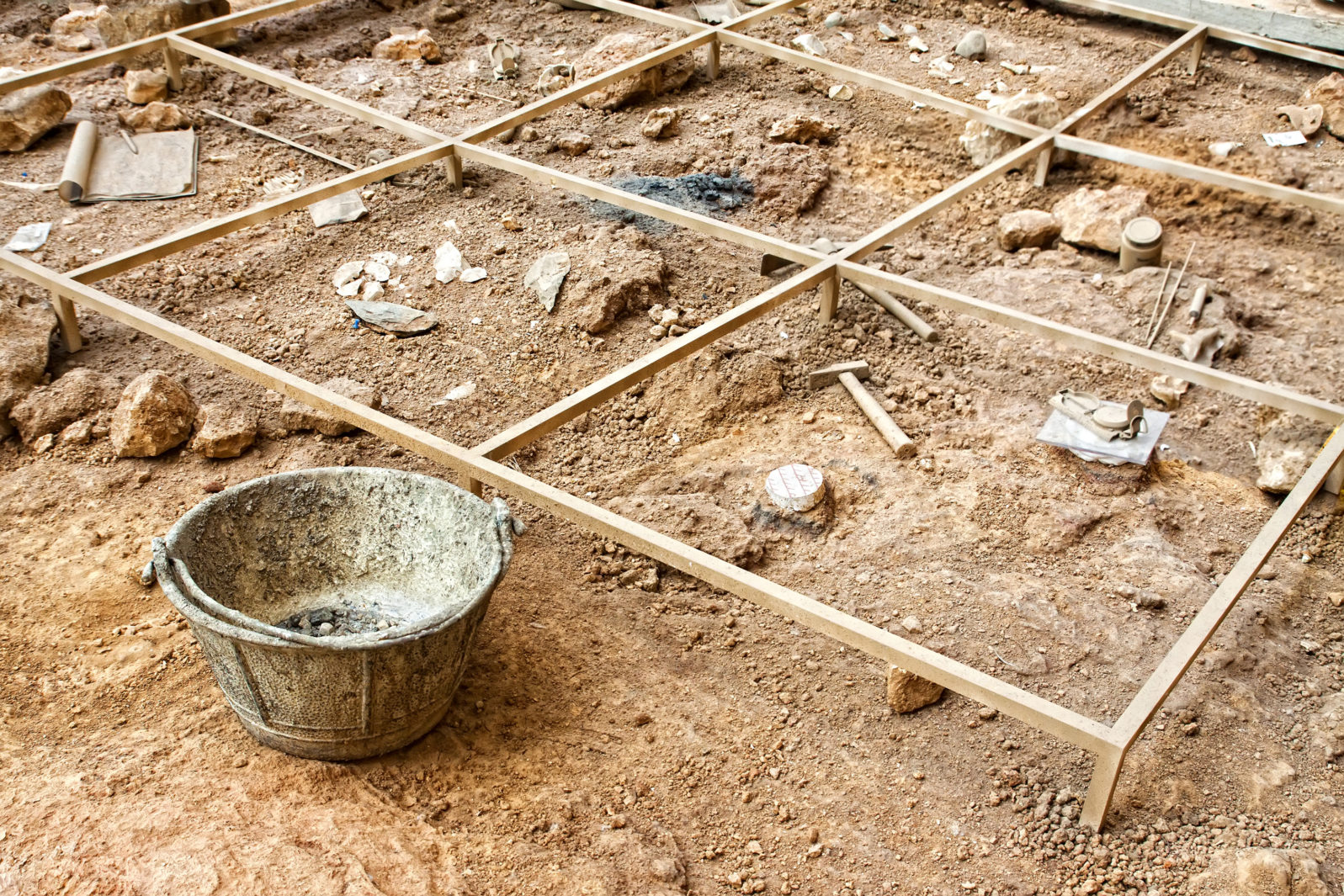Death: Child Grave From 80,000 Years Ago Shows Abstract Thinking
The lovingly prepared site on the Kenyan coast held the remains of a 2–3 year-old childA child’s grave, found recently in Kenya, pushes clear evidence of abstract thinking back to 80,000 years ago, the Middle Stone Age. The child, nicknamed “Mtoto” (child in Swahili) by the archaeologists, was 2½ – 3 years old; whether a boy or a girl is as yet unclear:
In a tour de force of discovery, recovery, and analysis, an interdisciplinary research team has uncovered the earliest known human burial in Africa. The grave, found less than 10 miles inland from southeast Kenya’s lush ocean beaches, contained the remains of a two- to three-year-old child buried with extraordinary care by a community of early Homo sapiens some 78,000 years ago. While some human burials in the Middle East and Europe are older, the find in Africa provides one of the earliest unequivocal examples anywhere of a body interred in a pit prepared for that purpose and covered with earth.
Jamie Shreve, “Child’s grave is the oldest human burial found in Africa” at National Geographic (May 6, 2021)
Learning as much as we have about Mtoto required considerable advanced technology: “The specimen underwent more than a year of preparation and analysis, using micro-computed tomography, optical microscopy, and other non-invasive imaging techniques, as well as manual excavation when the delicate state of the bones allowed.” Two other, somewhat later burials of children have also been found in the area, pointing to such child burials as a conventional practice at the time.
Both the Border Cave infant, found in 1941, and the newfound Panga ya Saidi burial reveal a keen bond between the dead children and those who laid them to rest. In Kenya, it appears that attendants provided Mtoto with a shroud and pillow, while in South Africa they left a pierced shell ornament covered in pigment. This raises the question of why humans started burying their dead in the first place.
Jamie Shreve, “Child’s grave is the oldest human burial found in Africa” at National Geographic (May 6, 2021)
There is currently a dispute in the archaeology field about whether some human grave sites, for example at 120,000 years ago, are not burials but merely “funerary caching,” that is, storing the body in a special place without apparent ritual. Clearly, we would need much more information to be sure.
Meanwhile, another clue:
Interestingly, the burial was not accompanied by any grave goods or personal ornaments, as have been found with early burials elsewhere in Africa and Eurasia…
Associated with the burial, though, is a fragment of giant African land snail shell that bears evidence of incisions from a pointed instrument or tool. While we cannot interpret this evidence symbolically, it does show some form of human modification.
Alison Crowther and Patrick Faulkner, “Discovering Africa’s Oldest Burial” at Sapiens (June 8, 2021)
The head of archeology for Kenyan museums, observes,
“It’s significant … because it’s for the first time that we’re beginning to get a feel of the cognitive and also the emotional abilities at this point in time,” Emmanuel Ndiema told Reuters in an interview …
“We are beginning to understand people having some emotional attachment to the dead that they can be able to intentionally bury them. We are also seeing cognitive abilities, abstract thinking,” said Ndiema.
Elias Biryabarema, Estelle Shirbon “Child’s burial site tells of early man’s emotional life – Kenyan archaeologist” at Reuters (May 12, 2021)
Indeed. Death, as applied to ourselves, is an abstraction as well as a reality. When we say that the dead do not come back to life or that everyone dies or wonder what happens to our minds after death, we are dealing in abstractions. The rituals around death that help us grieve embody these abstractions. Items buried with the deceased (grave goods) may be merely fond remembrances but they may also be things that mourners think the deceased might need in another life — stone tools, for example. Jewelry may just be jewelry but it may also be good luck charms or amulets, to ward off evil. Perhaps the snail shell with the excisions gave an identity to “Mtoto” — a message to another world, perhaps, about who the child was.
As more burials are found, we will start to get more answers. For example, if a number of such graves feature shells or similar objects with excisions, we can infer a symbolic intention.
Note: The paper, Martinón-Torres, M., d’Errico, F., Santos, E. et al. Earliest known human burial in Africa. Nature 593, 95–100 (2021). https://doi.org/10.1038/s41586-021-03457-8, requires a subscription.
You may also wish to read:
Do people suddenly gain clarity about life just before dying? A small number of cognitively challenged or dementia patients become lucid — for the first time in years — just before dying
and
Do animals truly grieve when other animals die? Yes, but “death” is, in some ways, an abstraction so there are only some things they can understand about it
